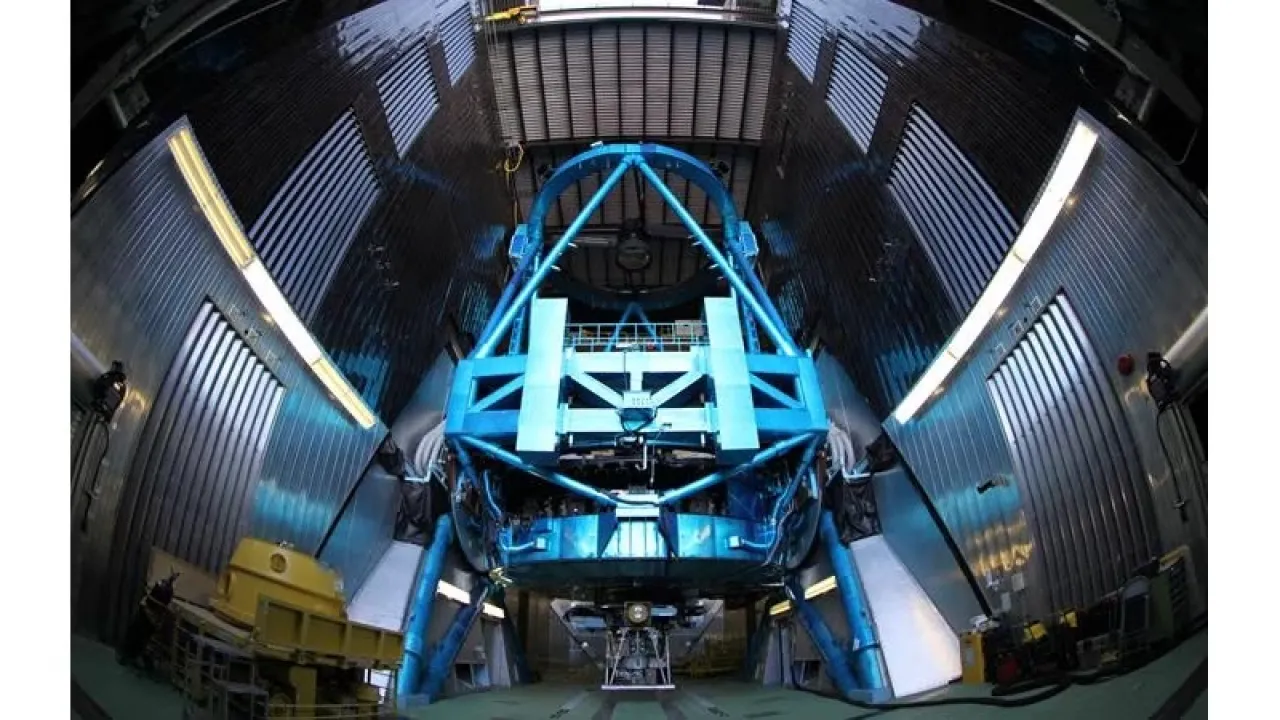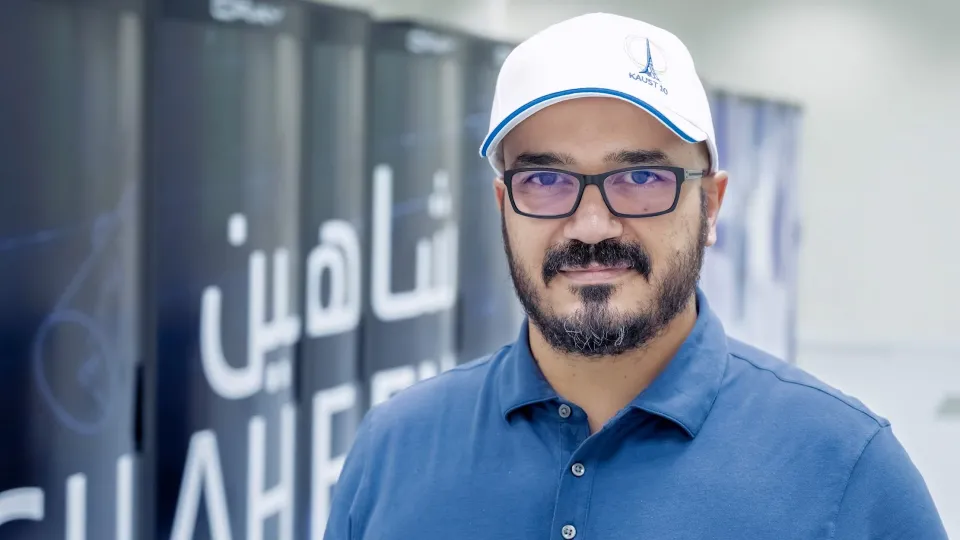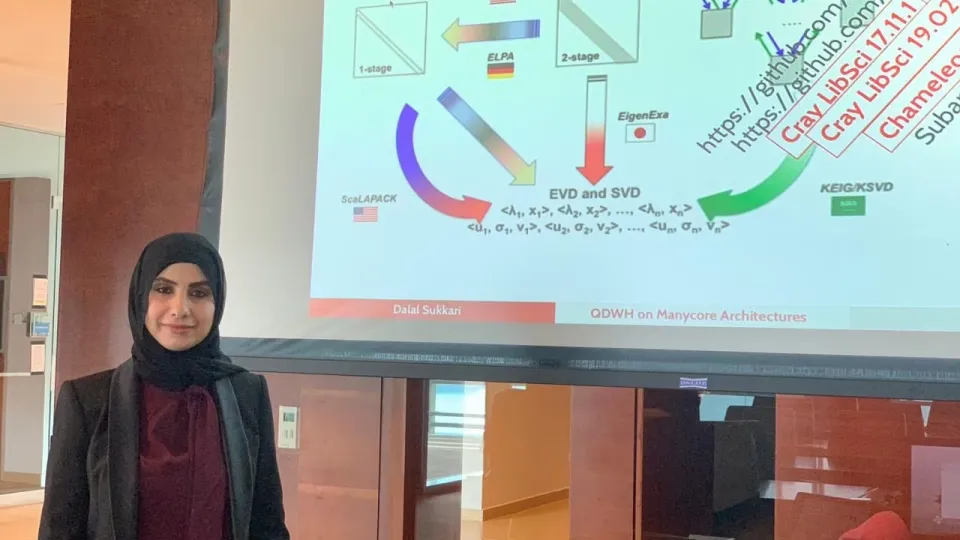
Award-winning algorithm aids observation
Researchers at the Extreme Computing Research Center (ECRC) at KAUST have developed a new algorithm that uses supervised machine learning to control a small high-speed deformable mirror inside the exoplanet imaging camera to compensate for atmospheric turbulence in the Subaru Telescope, which has an 8.2 meter diameter.
About
Perched 14,000 feet above sea level at the summit of Mauna Kea in Hawaii, U.S., sits the Subaru Telescope. This is the site of one of the world's foremost observational facilities. The aim of this ground-based telescope is to deliver images sharp enough to help identify exoplanets—planets orbiting stars other than our sun. To do this accurately and efficiently, atmospheric turbulence needs to be corrected in real time.
Researchers at the Extreme Computing Research Center (ECRC) at KAUST have developed a new algorithm that uses supervised machine learning to control a small high-speed deformable mirror inside the exoplanet imaging camera to compensate for atmospheric turbulence in the Subaru Telescope, which has an 8.2 meter diameter.
Hatem Ltaief, KAUST senior research scientist; David Keyes, KAUST professor of applied mathematics and computational science and director of the center; Dalal Sukkari, a KAUST Ph.D. student; and Olivier Guyon from the University of Arizona and the Subaru Telescope were recently awarded one of the two best paper awards at the Platform for Advanced Scientific Computing (PASC) Conference in Basel, Switzerland for this work.
"We gave a plenary talk at the conference showing our latest results, which coincided with the first on-sky deployments and experiments of our partial singular value decomposition (SVD) algorithm. Impacting the research agenda of a major ground-based telescope like Subaru is perhaps one of the greatest research awards we can receive," said Ltaief.
Read the full article


